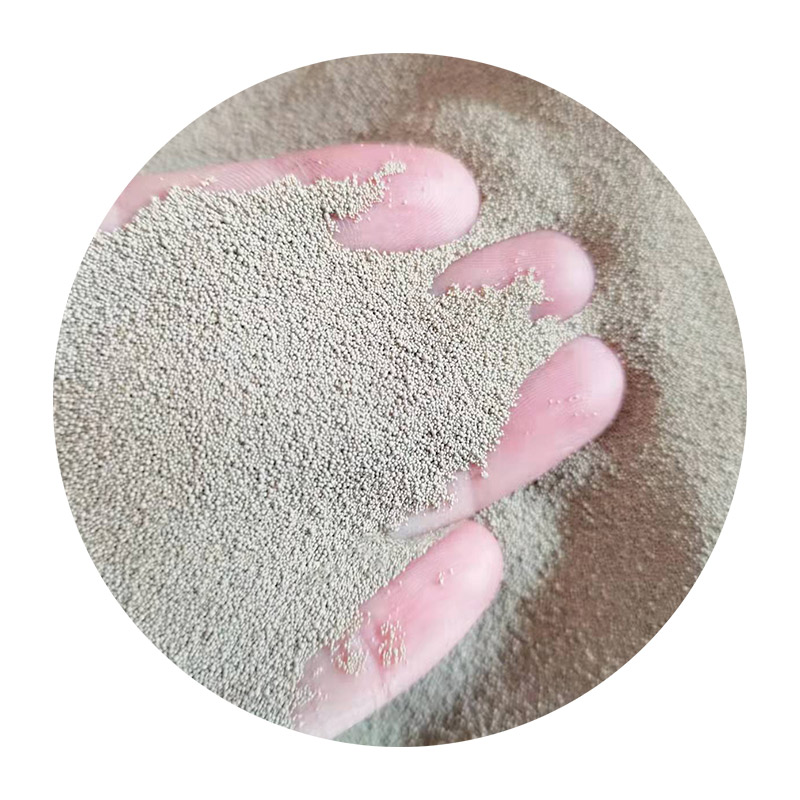Sanding 3D Resin Prints A Comprehensive Guide for Smooth Finishes
3D printing technology has evolved remarkably over recent years, enabling creators to manufacture intricate models and prototypes with incredible detail. Among the various 3D printing techniques, resin printing has carved out a niche due to its ability to produce highly accurate and smooth prints. However, achieving a flawless finish often requires additional post-processing steps, with sanding being one of the most effective methods. This article will guide you through the essentials of sanding 3D resin prints to achieve professional-looking results.
Understanding Resin Printing
Resin printing, often associated with Stereolithography (SLA) or Digital Light Processing (DLP), utilizes photosensitive resin that is cured layer by layer using ultraviolet light. This process allows for the creation of models with fine details and smooth surfaces. However, the resulting prints may still exhibit support structures and minor imperfections that can detract from their visual appeal. Sanding is a valuable post-processing technique used to enhance the surface quality of these prints.
The Importance of Sanding
Sanding serves several purposes in post-processing resin prints. Firstly, it helps remove the visible layer lines that can be a byproduct of the printing process. Secondly, it provides an opportunity to refine the shape of the model by smoothing out any irregularities or rough edges. Lastly, sanding prepares the surface for painting or sealing, ensuring that the final finish is as professional as possible.
Materials Needed for Sanding
To successfully sand your resin prints, you will need a few essential tools and materials, including
1. Sandpaper Use various grits of sandpaper—typically ranging from 120-grit for initial sanding to 2000-grit for a smooth finish. Progress through the grits gradually to avoid damaging the print. 2. Sanding Sponge or Block These provide better control and help maintain an even sanding surface, particularly on flat areas. 3. Water (Optional) Wet sanding with water can minimize dust and allow for a smoother finish. This technique is effective, especially for finer grits. 4. Masking Tape Use it to protect areas you do not want to sand or to create clean lines when working on specific sections.
sanding 3d resin prints

Sanding Process
1. Prepare the Model Start by removing any support structures carefully. Use a hobby knife or cutting tool to cut away supports without damaging the print.
2. Initial Sanding Begin with a lower grit sandpaper (around 120-grit) to remove major imperfections and layer lines. Sand lightly and evenly, applying consistent pressure to avoid creating gouges.
3. Progressing Through Grits Gradually move to finer grits of sandpaper (like 400, 800, 1200-grit). With each new grit, use less pressure and spend more time on each area to achieve a smoother surface.
4. Wet Sanding Once you reach the finer grits, consider wet sanding to further reduce imperfections and achieve a glass-like finish. Dip the sandpaper in water and continue sanding.
5. Final Touches After sanding, clean the surface to remove dust and debris. Optionally, you can apply a clear coat or primer to enhance the appearance and protect the print.
Conclusion
Sanding 3D resin prints is a crucial step in the post-processing journey, transforming rough models into smooth, professional-looking pieces. Through meticulous sanding and attention to detail, creators can elevate their work, achieve flawless finishes, and prepare their prints for painting or display. By following the tips outlined in this guide, you will achieve remarkable results that showcase the true potential of your 3D resin prints. Happy sanding!
Post time:Nov . 11, 2024 08:17
Next:how sand casting works
